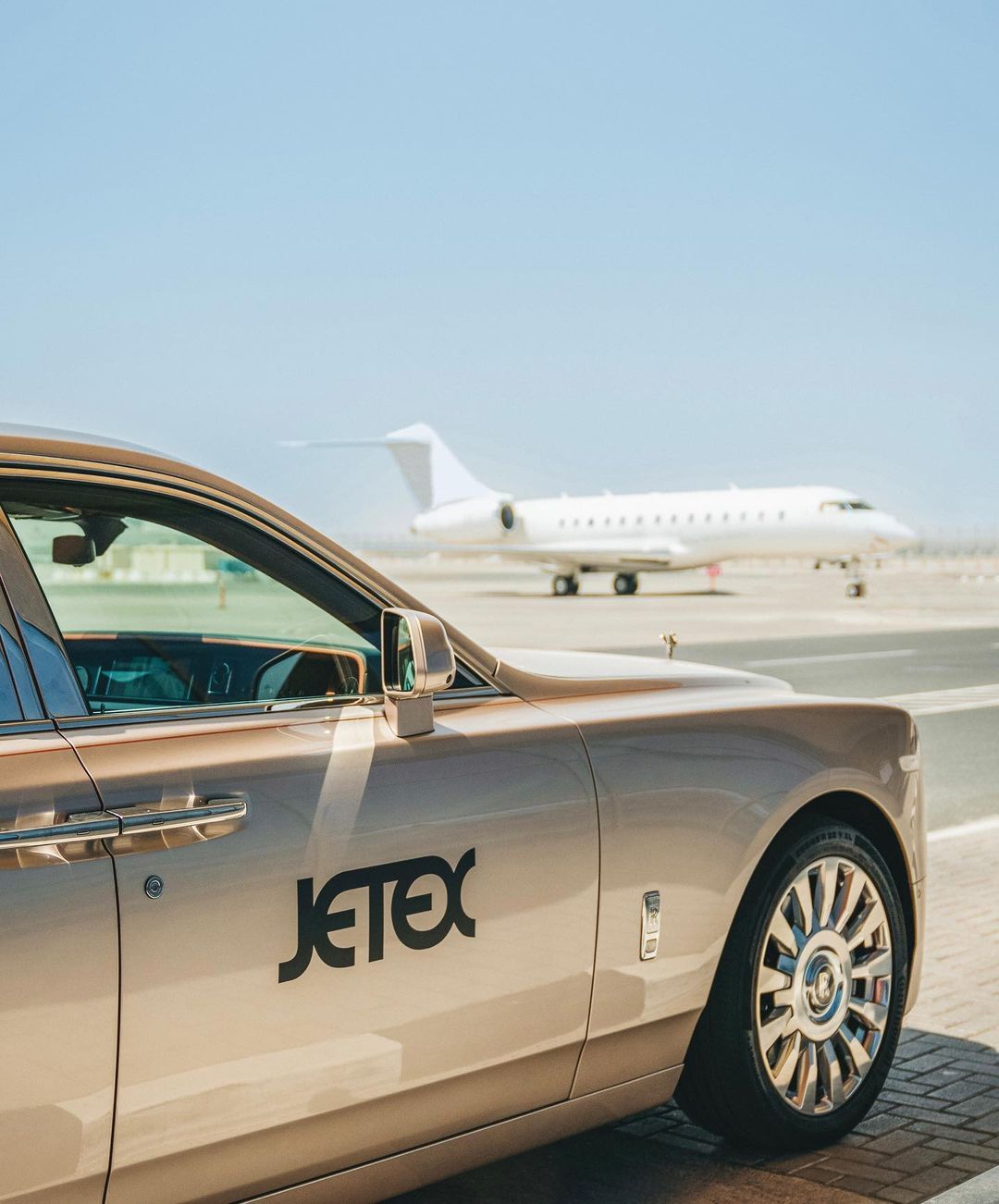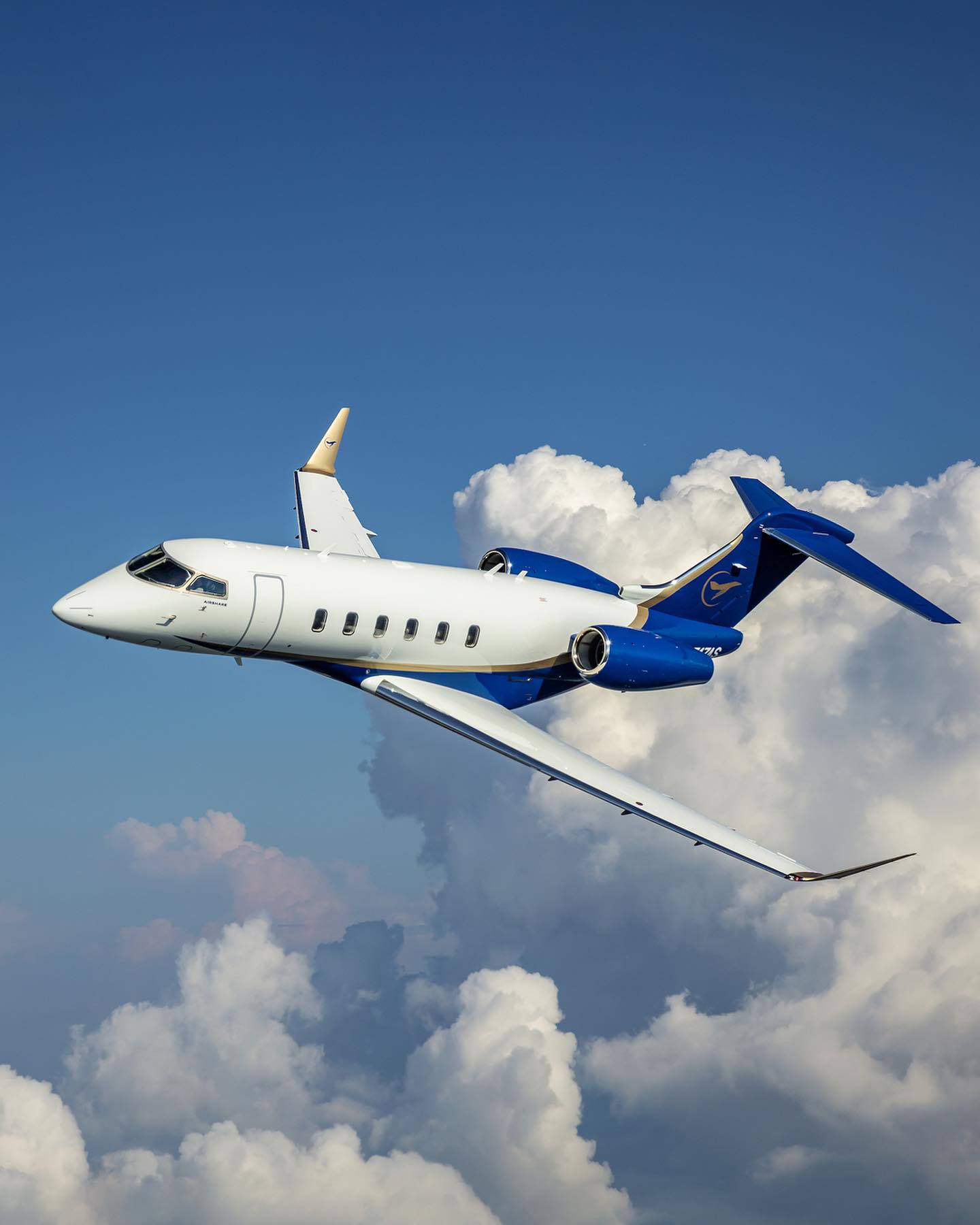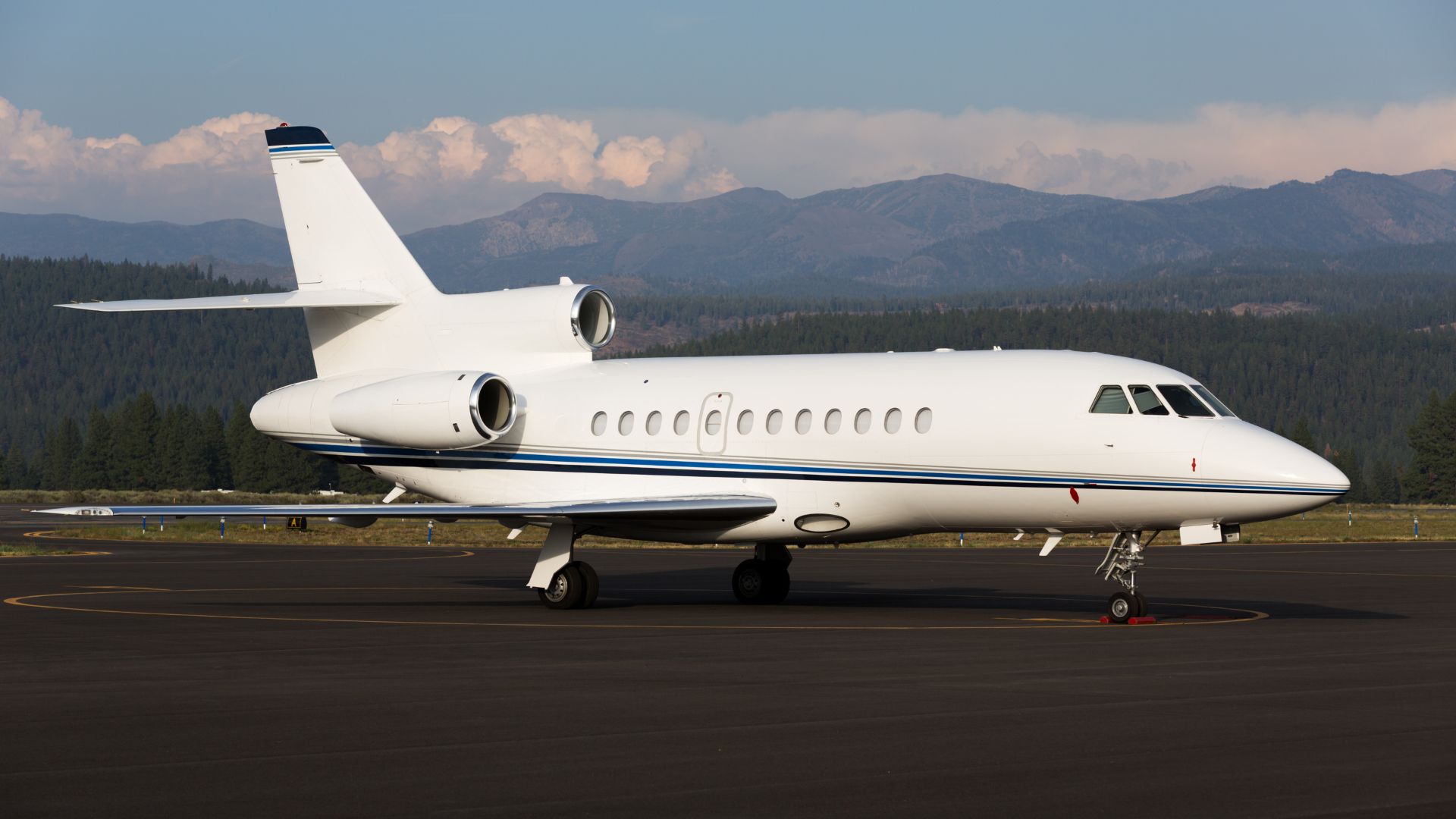Comparing the costs of last-minute private jet charters and commercial flights involves considering various factors, including upfront costs, operational expenses, flexibility, comfort, efficiency, and environmental impact. In this article, we explore the difference between the costs of last-minute private jets and commercial flights.
1. Cost Comparison
Upfront and Operational Costs: Private jet charters typically have a higher upfront cost compared to commercial flights. This cost varies based on aircraft type, duration, and luxury level. Operational expenses, such as fuel and crew, also factor into the overall cost. In contrast, commercial flights have more predictable pricing models, often perceived as more budget-friendly. However, additional fees for luggage, seat selection, and meals can inflate the initial ticket price.
Cost-Effectiveness in Specific Scenarios: Sometimes, private air travel can be cheaper than commercial flights, especially for larger groups. For example, if a group is traveling to a destination like Las Vegas, the cumulative cost of first-class commercial tickets can be high, potentially making a private charter more cost-effective. Additionally, factors like driving time to the airport, security lines, and potential delays should be considered for commercial flights.
2. Flexibility
Private jets offer remarkable flexibility, allowing passengers to fly out from nearby regional airports at their convenience, which is not a luxury but a standard in private aviation. This contrasts with the rigid timetable of commercial flights, which often require early booking and are limited to major airports. Private jets can access a broader range of airports, often closer to the final destination, reducing travel time.
3. Comfort and Luxury

Photo credit: instagram.com
Private jets offer a highly personalized experience with luxurious seating, customized catering, and the ability to work productively in-flight. Pets can also accompany passengers in the cabin. In comparison, commercial flights offer varying service levels but with limited personalization and comfort, especially in economy or business classes.
4. Efficiency
Private jets streamline the travel process with quick boarding and no lengthy check-ins or security hassles. Passengers can avoid crowded terminals and enjoy a more efficient travel experience. Commercial airlines, while serving millions daily, may not offer the same level of efficiency due to delays, cancellations, and the required early arrival at the airport.
5. Environmental Impact

Photo credit: instagram.com
Private jets have a higher per-passenger carbon footprint compared to commercial planes. However, the private jet industry is actively pursuing sustainability initiatives, including investing in more fuel-efficient models and carbon offset programs. Commercial flights benefit from economies of scale and are generally more fuel-efficient per passenger, with modern aircraft designs and eco-initiatives.
Choosing between private jets and commercial flights depends on individual needs and preferences. While private aviation offers unparalleled flexibility, comfort, and efficiency, it comes with higher costs and environmental concerns. Commercial flights are more budget-friendly and environmentally efficient but may lack private jets’ personalized experience and convenience. Ultimately, the decision hinges on balancing these factors according to personal priorities and circumstances.

